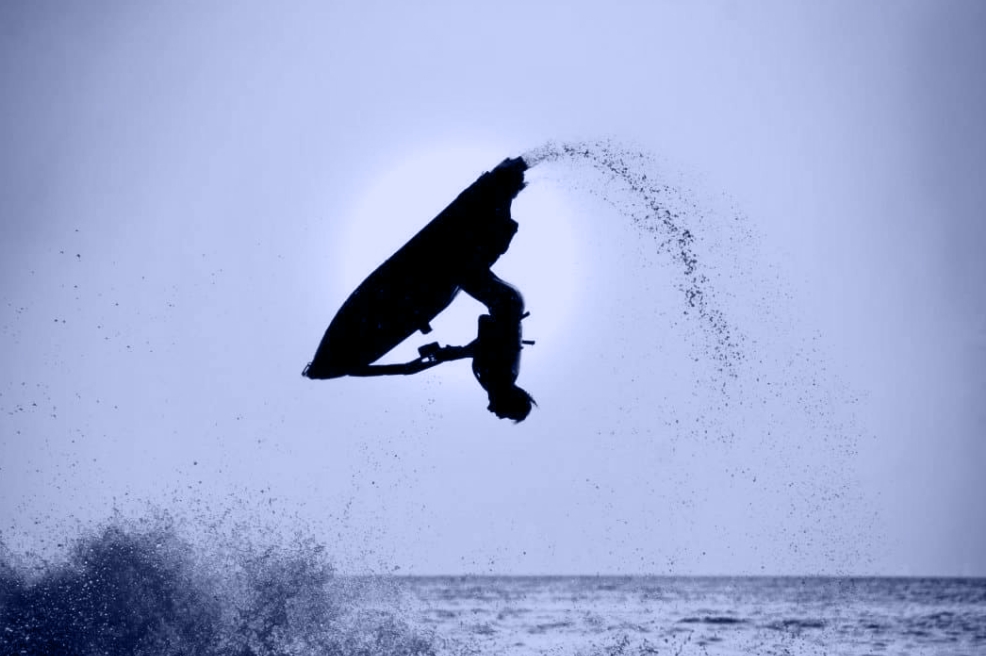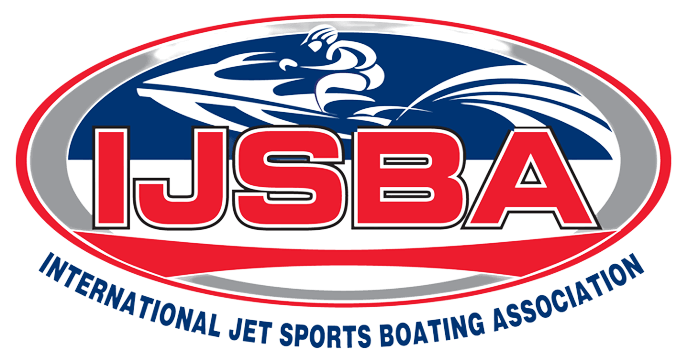Traditional jet skis, or personal watercraft (PWC), do not have brakes in the same sense as automobiles or motorcycles. Instead, they use a system called “reverse thrust” or “reverse bucket” to slow down and maneuver in the water.
Here’s how it works…
Reverse Thrust System
- Mechanism
- Jet skis are propelled by a jet of water expelled from the back of the watercraft. To slow down or stop, the rider can engage a lever or switch that redirects some of the jet thrust forward and downward, creating a braking effect.
- Control
- The rider controls the reverse thrust, typically with a lever or handlebar-mounted control. By pulling this lever or engaging the control, the nozzle at the rear of the jet ski redirects water flow, reducing forward momentum and allowing for maneuvers like stopping or reversing.
- Effectiveness
- While reverse thrust provides significant control over speed and maneuverability, it doesn’t halt the jet ski instantaneously like traditional brakes on land vehicles. It requires forward momentum to redirect the thrust effectively.
Safety and Maneuvering
- Safety – Understanding and practicing the reverse thrust system is crucial for the safe operation of a jet ski, especially in situations requiring quick stops or maneuvers.
- Handling – Proper throttle, steering, and reverse thrust use allows jet ski operators to navigate safely and efficiently in various water conditions.
Jet skis do not have brakes in the conventional sense but rely on a reverse thrust system to slow down and maneuver. This system allows for effective control over speed and direction in the water, enhancing riders’ safety and maneuverability.




